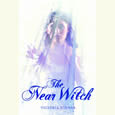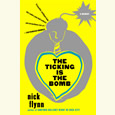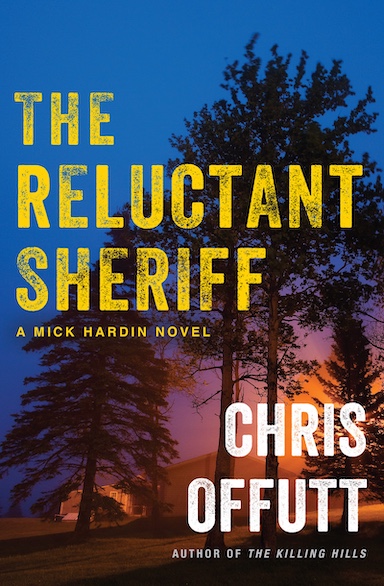Seeing with Twenty-First-Century Eyes
Nell Painter, a renowned historian, finds a new identity as an artist
“It took me years in art school to recognize my twentieth-century eyes as my major handicap as an artist,” writes Nell Painter in her memoir, Old in Art School: A Memoir of Starting Over. Already in her mid-sixties when she commenced her studies, first at the Mason Gross School of the Arts at Rutgers and later at the Rhode Island School of Design, Painter found she needed to learn more than technique. She had to learn to see art, and herself, in new ways.
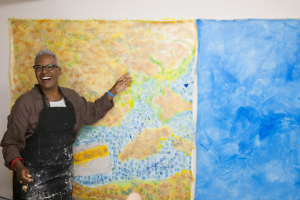
When she began working toward a bachelor’s degree in art at Mason Gross, Nell Irvin Painter was at the pinnacle of a highly distinguished career as a historian focused on questions of race, class, and gender. Her lengthy list of honors and achievements includes tenured positions at three major universities, a slew of honorary degrees, leadership roles in several professional organizations, and a number of successful books. Few people would choose to start over in a new field at such a point in life, but Painter was driven by an “urge to work seriously, that is, on a professional level.” Above all, she was determined not to be a “Sunday painter.”
She found inspiration in the example of her mother, Dona Irvin, who re-created herself as an author late in life, publishing her first book when she was past sixty and overcoming a lifetime of shyness and deeply felt social taboos within her African-American community. “My mother’s example made me think I could lay down one life and pick up a new one,” writes Painter.
The switch, as it turns out, did not happen quite so cleanly for Painter. Although she retired from her job at Princeton before beginning art school, she continued to serve as president of the Organization of American Historians during her Mason Gross years, and her bestselling book The History of White People was published in 2010, while she was already working toward her Master of Fine Arts degree at RISD. Meanwhile, her aging parents entered a period of decline, and she had to travel back and forth to their home in California. Instead of trading one life for another, Painter found herself juggling multiple lives at once.
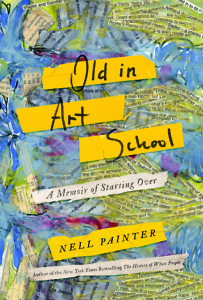 Each of those lives had its difficulties, but her budding identity as an artist seemed to bring the most confounding challenges. Her aesthetic, she discovered at Mason Gross, was impossibly at odds with current taste. While she favored old-fashioned standards of “craft, clarity, skill, narrative, and meaning,” the faculty and her youthful fellow students embraced a “do-it-yourself (DIY) aesthetic.” They admired haphazard elements that “in the twentieth century would have been considered mistakes needing to be cleaned up.”
Each of those lives had its difficulties, but her budding identity as an artist seemed to bring the most confounding challenges. Her aesthetic, she discovered at Mason Gross, was impossibly at odds with current taste. While she favored old-fashioned standards of “craft, clarity, skill, narrative, and meaning,” the faculty and her youthful fellow students embraced a “do-it-yourself (DIY) aesthetic.” They admired haphazard elements that “in the twentieth century would have been considered mistakes needing to be cleaned up.”
Painter persisted into graduate school, showing a remarkable eagerness to make her work relevant in a contemporary context. She clearly possesses a fierce work ethic. (Dozens of her pieces from her student days are included in the book.) Nevertheless, she describes her time at RISD as something close to misery. Brutal criticism, social isolation, and the inescapable issues of age and race combined to create real hurdles for her emotionally, even as she continued to pursue her creative development. She recounts these trials with considerable grace, although she doesn’t let anybody off the hook.
Painter’s voice in Old in Art School is breezy and intimate, and the not-entirely-happy story of her experience in art school is leavened by fascinating asides and digressions. She has always engaged with art in her work as a historian, and she brings that knowledge to bear as she analyzes her own artistic evolution. She writes with deep affection about her much-maligned home city of Newark, New Jersey, and there’s a touching frankness in her depiction of her parents in their decline.
But the heart of this book is Painter’s unshakeable dedication to making art. It is ultimately as much a manifesto as a memoir: “I am a wise old person,” she writes, “not a hot young artist, not a young anybody with a young anybody’s future before me. I know the value of doing my work, my work, and keeping at it.”

Maria Browning is a fifth-generation Tennessean who grew up in Erin and Nashville. Her work has appeared in Guernica, Literary Hub, the Los Angeles Review of Books, and Still. She is the managing editor of Chapter 16. .
